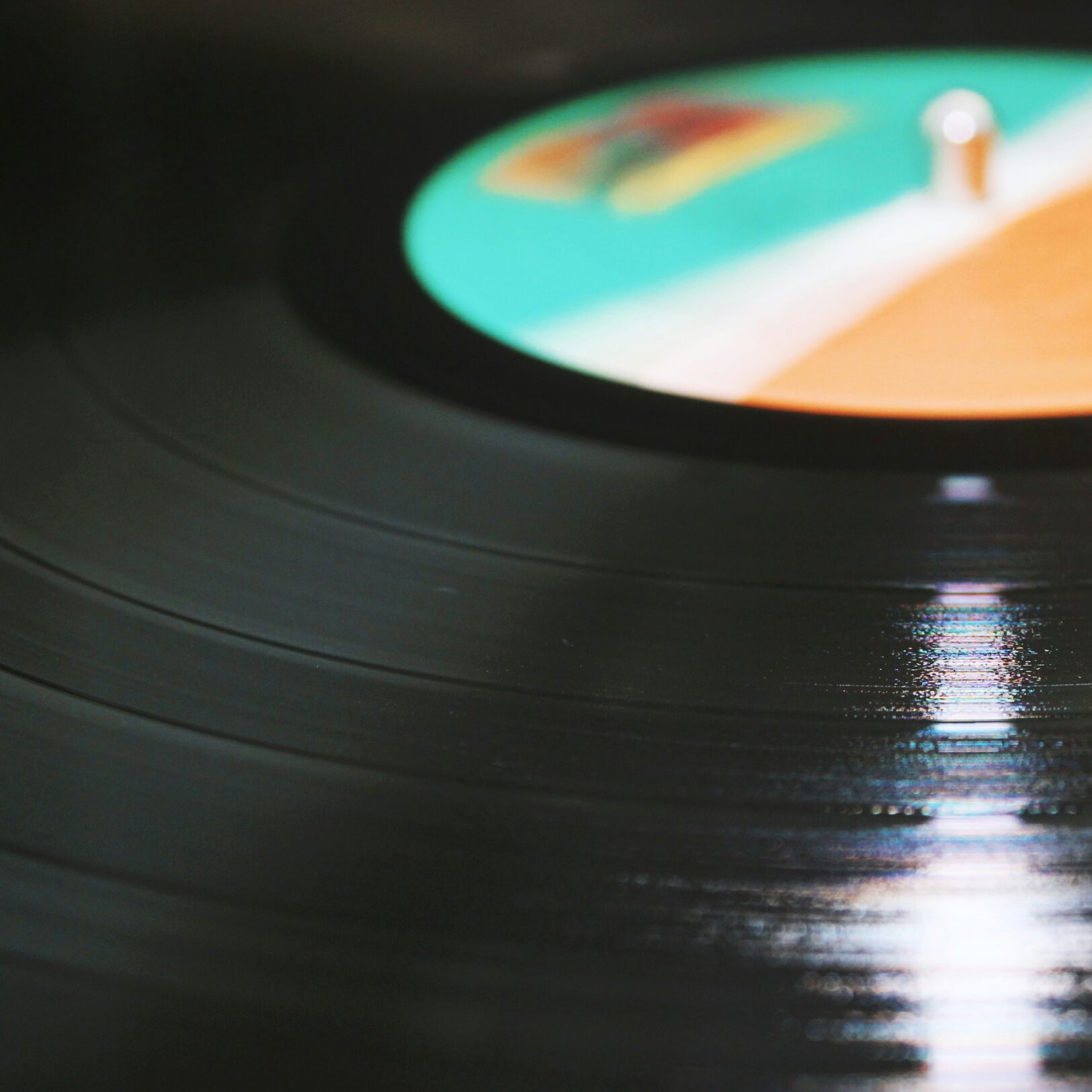Keeping your vinyl records clean is crucial for maintaining sound quality and preserving your collection.
If you’re a fan of digging for records at markets, charity shops and places like car boot sales you’ll know that the records you find can sound terrible at first. They’re not actually damaged but full of dust and gunk that has built up over the years. Giving records like these a good clean can have them sounding brand new again.
Here are seven effective methods for cleaning your vinyl, ranging from simple DIY solutions to more advanced techniques.
1. Microfibre Cloth (Dry Cleaning)
Best for: Light dust and daily maintenance
Cost: £ (Inexpensive)
The simplest method is using a carbon fibre brush or anti-static microfiber cloth to remove surface dust.
Pros:
- Quick and easy
- No risk of liquid damage
- Good for regular maintenance
Cons:
- Not effective for deep cleaning or stubborn dirt
How-to: Gently brush from the centre of the record outwards in a circular motion, following the grooves.
2. Water and Mild Dish Soap
Best for: Moderately dirty records
Cost: £ (Inexpensive)
A simple, budget-friendly wet-cleaning method.
Pros:
- Affordable and accessible
- Effective for most dirt and grime
Cons:
- Time-consuming
- Risk of leaving soap residue if not rinsed properly
How-to:
- Mix a few drops of mild, fragrance-free dish soap with distilled water.
- Apply the solution to the record with a microfiber cloth, moving in circular motions with the grooves.
- Rinse thoroughly with distilled water.
- Pat dry with a clean microfiber cloth.
3. Record Cleaning Solution
Best for: Regular cleaning of moderately dirty records
Cost: ££ (Moderate)
Specially formulated solutions designed for vinyl records.
Pros:
- Specifically designed for vinyl
- Often includes anti-static properties
Cons:
- More expensive than homemade solutions
- Some may leave residue if not used correctly
How-to: Follow the manufacturer’s instructions, typically involving application with a microfiber cloth and wiping clean.
4. Spin-Clean Record Washer
Best for: Batch cleaning of dirty records
Cost: £££ (Moderate to Expensive)
A manual cleaning system that allows you to clean both sides of a record simultaneously.
Pros:
- Can clean multiple records quickly
- Effective for removing deep-set dirt
Cons:
- Initial cost is higher than basic methods
- Requires storage space
How-to: Fill the Spin-Clean with the provided solution, rotate the record through the brushes, then dry with the included cloths.
5. Ultrasonic Cleaner
Best for: Deep cleaning and restoration of very dirty or old records
Cost: ££££ (Expensive)
Uses high-frequency sound waves to remove dirt from the grooves.
Pros:
- Extremely thorough cleaning
- No physical contact with record surface
Cons:
- Very expensive
- Requires significant setup and knowledge
How-to: Typically involves suspending records in a tank of cleaning solution while ultrasonic waves do the cleaning.
6. PVA Glue Method
Best for: Deep cleaning on a budget
Cost: £ (Inexpensive)
A controversial but popular DIY method using wood glue.
Pros:
- Can be very effective at removing deep-set dirt
- Inexpensive
Cons:
- Time-consuming
- Potential risk of damage if done incorrectly
How-to:
- Apply a thin, even layer of PVA wood glue to the record surface, avoiding the label.
- Allow to dry completely (usually 24-48 hours).
- Carefully peel off the dried glue, which should take the dirt with it.
- Clean any residue with distilled water and a microfiber cloth.
Note: This method is controversial and should be used with caution. It’s not recommended for valuable or irreplaceable records.
7. Professional Cleaning Service
Best for: Valuable records or large collections
Cost: ££££ (Expensive)
Many record stores and audio shops offer professional cleaning services.
Pros:
- Expert-level cleaning
- No risk or effort on your part
Cons:
- Expensive, especially for large collections
- Requires trusting your records to others
How-to: Research reputable services in your area and follow their instructions for submitting your records.
Remember, always handle your records with care and test any new cleaning method on a less valuable record first. Regular, gentle cleaning is key to maintaining your vinyl collection for years to come.
Happy cleaning and listening!
